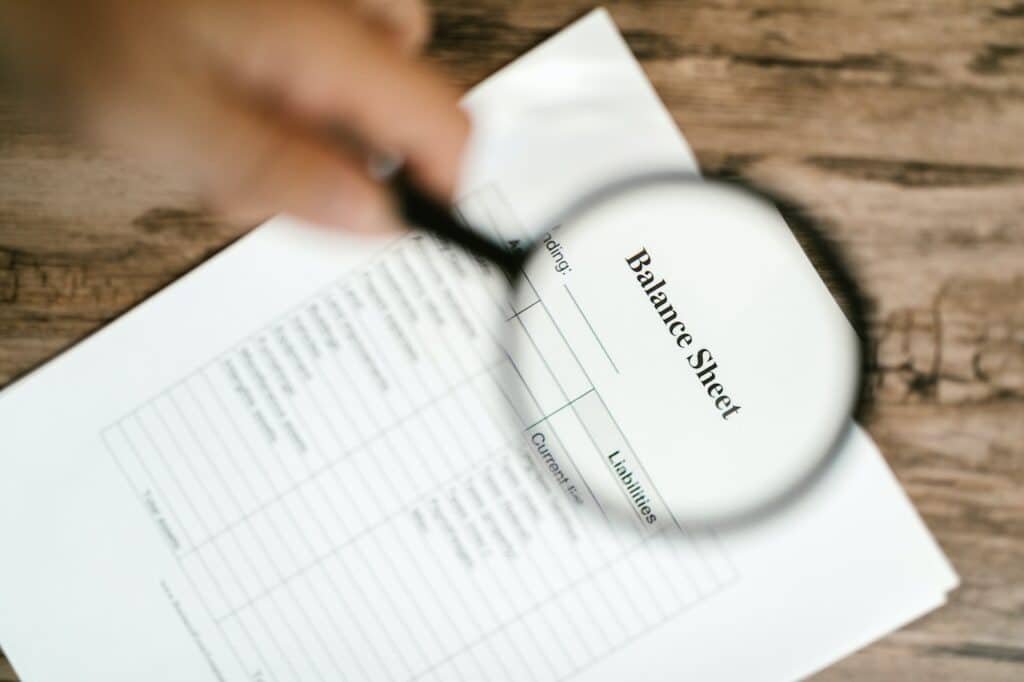
The Balance Sheet gives a frozen picture of one instant of time. The other two financial statements show movements over a period of time. The Balance Sheet is set out in one of a number of possible standard formats. Its structure will have the following format:
Assets
These are the assets that the business owns or is owed and are composed of two main elements.
Fixed assets
These assets are the ones that generate wealth for a business over time such as buildings, machinery and equipment.
Current assets
These are the assets that are used up in generating daily revenues for the business. There are three main types: Stocks – e.g. goods waiting to be sold, or raw materials waiting to be turned into goods.
Debtors
Because many firms supply on credit terms, they have debtors who will pay up at the end of the credit term. Cash – liquid cash that can be used for the day-to-day running of the business including the purchase of raw materials etc.
Liabilities
This is what the business owes. There are two types of liabilities: Long-term liabilities must be repaid in periods generally over one year – e.g. long-term loans, mortgage repayments etc. Short-term liabilities must be repaid in under a year – e.g. overdraft repayments, payments for goods bought on credit etc.
In reading a balance sheet it is helpful to look at the central section showing the relationship between current assets and current liabilities. This shows whether a business is solvent or not.
Solvency
This is the ability of a business to pay debts when they fall due. In order to be solvent, a business needs to have working capital i.e. current assets need to be greater than current liabilities.
The following balance sheet extract shows a business that is solvent.
Current assets are greater than current liabilities by £50m: Note that many businesses have negative working capital at the time when their balance sheet is published.
However, they are not necessarily insolvent because typically people to whom they owe money will give them time to pay up, during which time more of their assets will become liquid.
Liquidity refers to the ease with which an asset can be turned into cash. The quicker it can be turned into cash the more liquid it is.
Another important area of the balance sheet to examine is the relationship between total assets and total liabilities because this shows the net worth of the business, and can be used as a sign of whether the business is growing or not.
To calculate the net assets:
Add together current and long-term assets, and then deduct from these total short-term and long-term liabilities.
